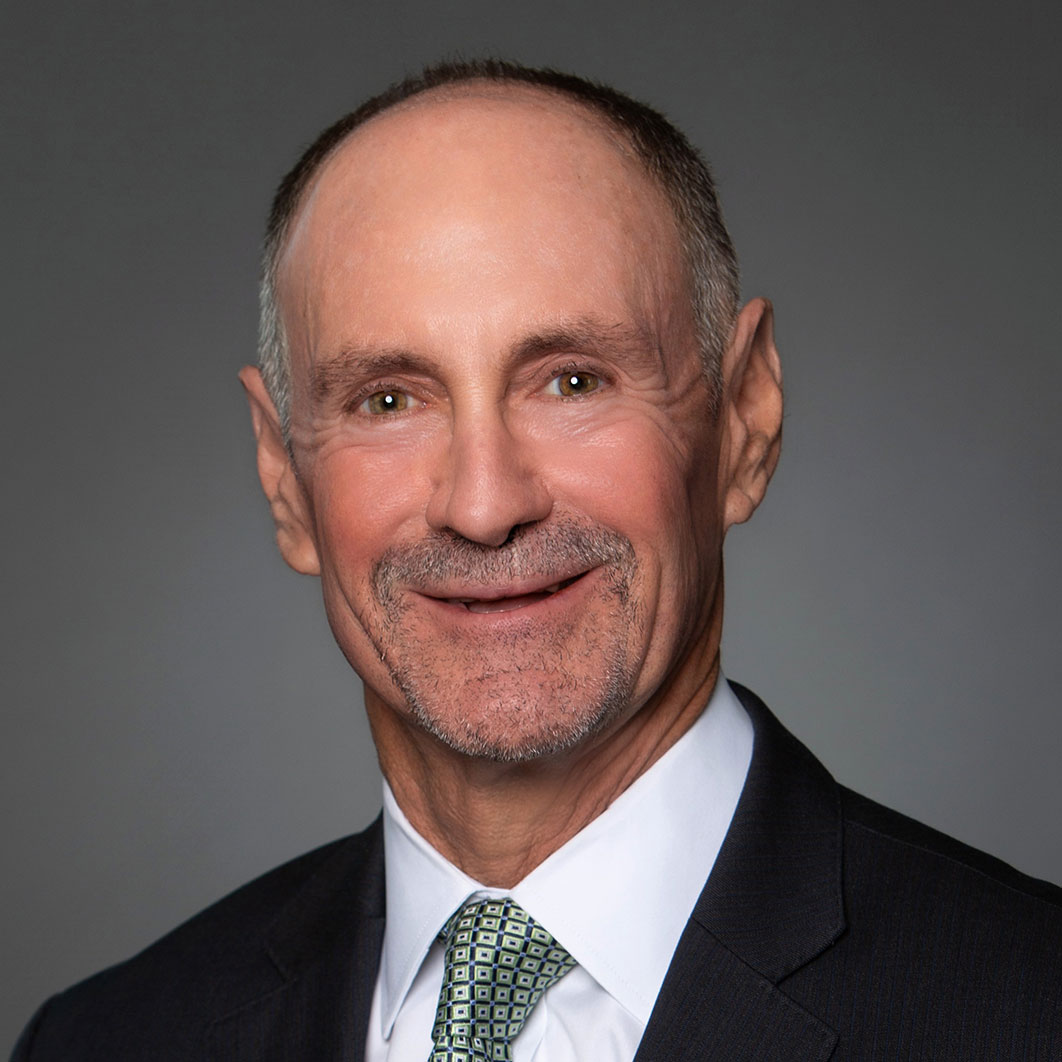Five Inches Between the Ears: How Golf Is Investing in Children and Why That Matters to All of Us
Champion golfer Bobby Jones said, “In golf, the most important distance is the five inches between the ears.”
Jones’ words hit home for me last week as I attended THE PLAYERS Championship and watched Scottie Scheffler, Jordan Spieth, Hideki Matsuyama and Tony Finau — to name a few. Like many elite athletes, they began playing their sport at an early age. It’s fitting that many organizations participating in the week of activities leading up to and during the tournament promote child health and well-being.
Nemours Children’s is exceedingly proud of our close relationship with the PGA TOUR and THE PLAYERS Championship. We have shared values and unity of purpose in our commitment to America’s children. The PGA TOUR’s premier program First Tee is all about helping kids build a life of character through participation in golf. This program exemplifies how physical fitness and the development of physical skills can be the key to a life well-lived.
Learning to Play, Playing to Thrive
As for all sports, golf promotes the physical, mental and emotional development necessary for health and productivity in adulthood. Unlike some other popular sports, golf can be played well into “old age.” And, since it gives players an opportunity to get outdoors and socialize, it’s easy to imagine why so many American presidents hit the links while in — and out — of the White House.
As a kid, I didn’t even accept golf as a “real sport.” Since it didn’t involve contact and could be played by “old men,” I thought it was beneath me. When my son was exposed to golf while recovering from a baseball injury, he became hooked, and I grudgingly started playing just to spend more time with him. After a few rounds, I was hooked too.
I was immediately drawn to golf’s unique mental and physical challenges, like the emotional regulation, spatial awareness, and flexibility required to produce a smooth yet powerful swing. Playing well requires calm, steady discipline and a deft touch — similar, in some ways, to operating on small infants. President Taft purportedly stated, “There is nothing which furnishes a greater test of character and self-restraint, nothing which puts one more on an equality with one’s fellows, or, I may say, puts one lower than one’s fellows, than the game of golf.”
I found golf to be a remarkable window into my mind and soul. If things were not right inside me, the mental unrest or emotional turmoil would readily show itself on the golf course. Settling my mind in golf is a wonderful practice for settling my mind in life.
Some of my greatest memories are of playing golf with my son. We would catch up and have extended conversations as we walked from one hole to the next. I believe the outdoor setting and focused, deliberate pace of golf makes it a uniquely beneficial activity for building and strengthening parent-child and mentor-mentee relationships.
Unfortunately, many children and young adults today aren’t playing sports like golf. They — and we, as a nation — miss out on the many benefits associated with playing sports, now and into the future. For example, physically active children are less likely to be obese, use drugs or experience depression. Physically active adults have lower health costs and are more productive at work.
As high-school cross-country coach, Linda Flanagan explains in The Atlantic, “Early sports participation matters because the advantages that come with it can serve as an inoculation against some of life’s unhappier outcomes,” adding that “Girls, in particular, seem to benefit from athletics: Participation reduces the chances of developing heart disease and breast cancer, cuts rates of unplanned pregnancies, lessens obesity, and boosts body self-esteem.” And the advantages extend into adulthood: Four out of five female business executives played sports as kids, and women who go on to play sports in college are 25% more likely than those who don’t to develop political aspirations.
Historically, golf has not been a widely accessible or inclusive sport. Fortunately, the PGA TOUR is working to change that. The First Tee Program I mentioned earlier reaches 2.2 million children ages 5-8 with an approach that it says helps kids uncover their inner strength, self-confidence and resilience in ways they can carry into everything they do.
Another approach is to design and build a course for the express purpose of introducing kids and adults to the sport. Button Hole Golf, situated on a former industrial site outside of Providence, RI, is close to the city, inexpensive and novice-friendly. And, as the course director explained to NPR, the sport needs facilities and programs like Button Hole: “If golf is to survive, there need to be facilities like Button Hole that can help teach the kids what it means to be successful so that private clubs will have members that can afford it.” At the college level, professional basketball player Stephen Curry recently donated an unspecified but significant amount of money to start a golf team at Howard University, the historically Black university in Washington, D.C. The university’s president, Wayne A.I. Frederick, said, “This program will expose the campus to a game with numerous benefits.”
The Lasting Legacy of Smart Investments
By investing in golf infrastructure and programming, Curry joins other public figures, like President Franklin Delano Roosevelt, in supporting the nation’s future by promoting access to golf. Though polio prevented the president from playing past the age of 39, he “left a legacy with the federal funding of public-works projects, which included dozens of municipal golf courses like Bethpage State Park in New York and FDR Golf Club in Philadelphia.”
Of the many presidents who played golf, Roosevelt may have best understood the connection between health, infrastructure and the nation’s future. Sports are essential to creating more health for more Americans. At THE PLAYERS Championship, I witnessed first-hand how my golf heroes “walk the walk” of investing in America’s future by investing in child health — and in doing so, demonstrate true leadership on and off the greens.

About Dr. Moss
R. Lawrence Moss, MD, FACS, FAAP is president and CEO of Nemours Children’s Health. Dr. Moss will write monthly in this space about how children’s hospitals can address the social determinants of health and create the healthiest generations of children.


